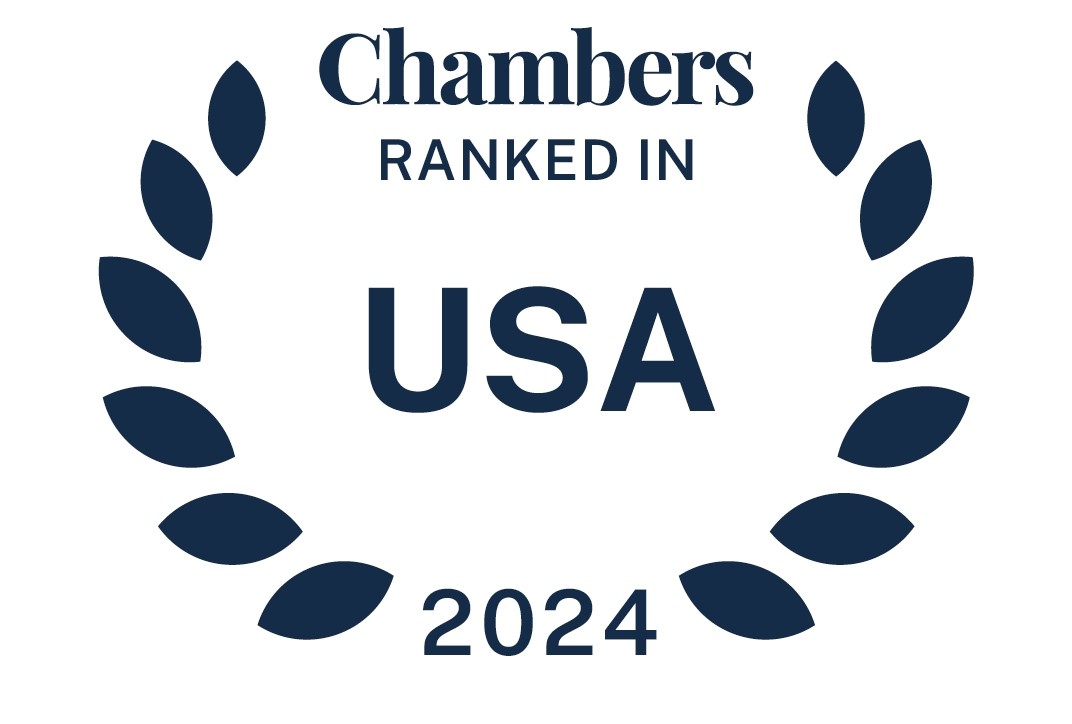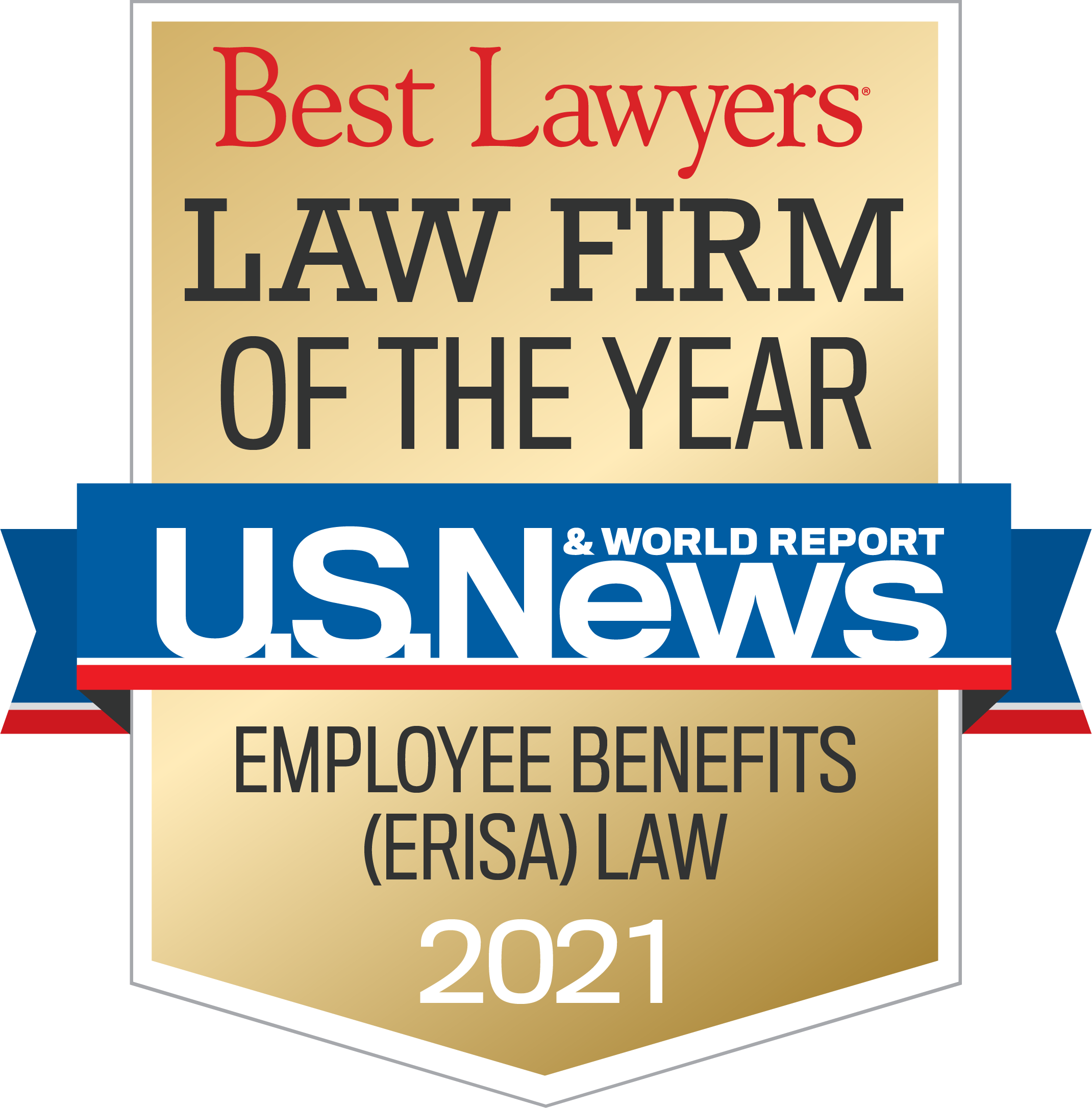by Jeffrey M. Holdvogt, Ruth Wimer and David Diaz
On February 27, 2013, the Internal Revenue Service (IRS) issued News Release IR-2013-23 to provide additional favorable guidance regarding modifications to the Voluntary Classification Settlement Program (VCSP) issued in Announcements 2012-45 and 2012-46 addressing worker classification issues. The VCSP allows eligible employers to voluntarily reclassify their workers for federal employment tax purposes and obtain considerable “forgiveness” for previous non-employee treatment. The IRS describes the program as a “low-cost option” for achieving certainty under the law by reclassifying workers as employees for future tax periods.
To read the full article, click here.
read more


 Subscribe
Subscribe




